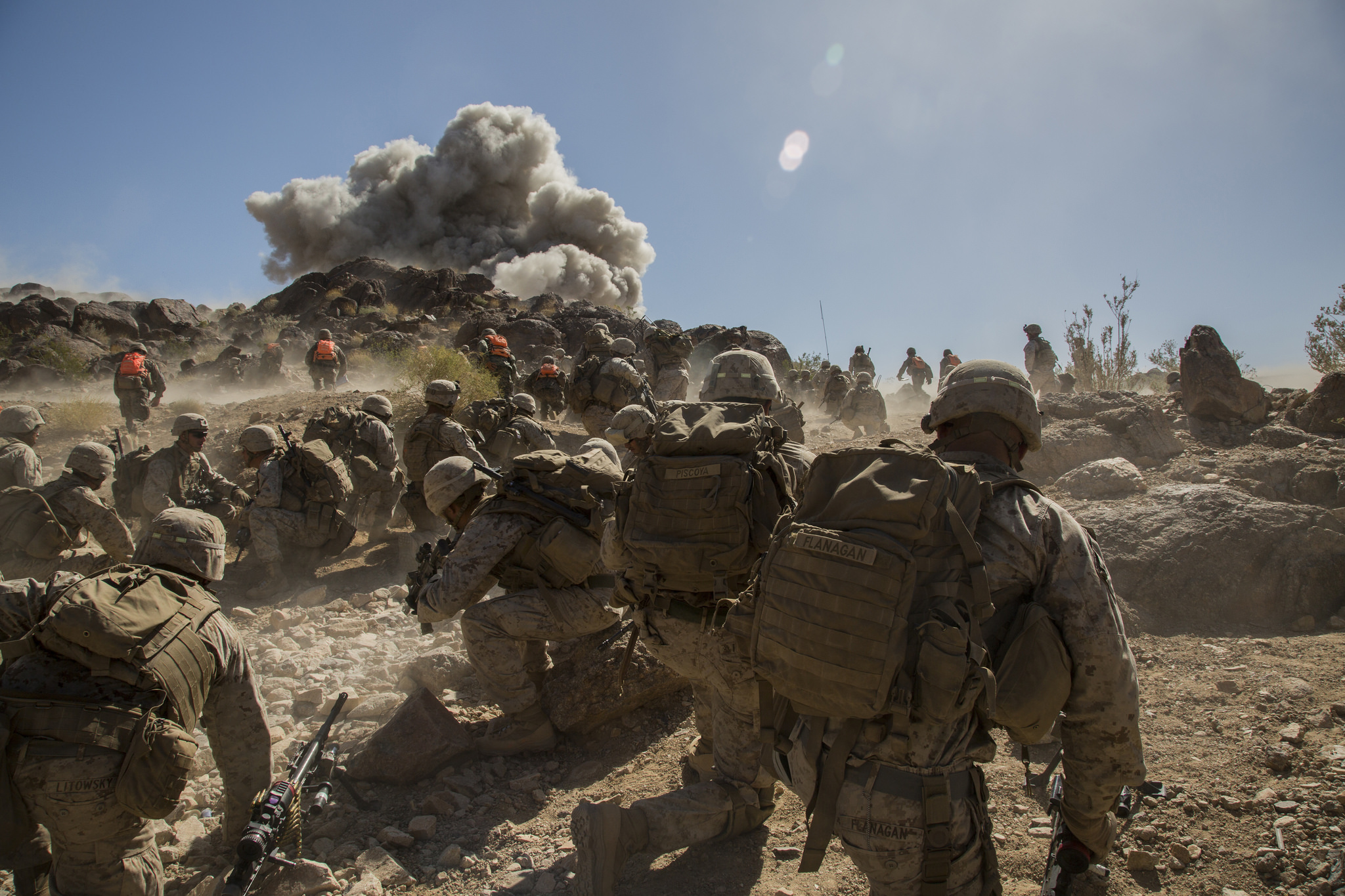The Lord’s Army
Author: Dr. Craig KeenerThe Bible often speaks of spiritual warfare, for example in Ephesians 6:10-20, where the armor includes righteousness, faith, and truth. In Revelation 12:11, believers “triumph over” their accuser by the blood of the lamb and the message to which they bear witness.
Not all the biblical passages that some interpreters apply to spiritual warfare really mean that, however. It took me a long time to figure out that when most people were singing, “They rush on the city, they run on the wall,” they did not realize that they were singing about judgment. They were thinking of Joel 2:9 out of context. The passage is not referring to a spiritual battle, but a physical one. Nor is it referring to believers.

Although the third chapter of Joel seems to describe a future war, chapters one and two depict as an invading army a devastating locust plague (Joel 1:4; 2:25). This text does not depict the church as a spiritual army of evangelists; it depicts locusts as an agricultural judgment against the sins of God’s people. Although Joel uses figurative language, as was common in the prophets, the great army that carries out God’s command (Joel 2:11) is explicitly an “army” of locusts in Joel 2:25 (see also Joel 1:4, 6-7)! If God’s people recognized the judgment and repented, God would turn back the judgment and restore his people (Joel 1:13-14; 2:13-32).
This image of a locust plague, however, does blend into greater future judgments; it functions as a foretaste of them. The prophets often grouped events according to the kind of event they were rather than specifying their exact sequence.
The day of the Lord may apply to the day of God’s reckoning through the judgment of the locusts (Joel 1:15, 2:1, 11, 31), but it also foreshadows a greater day of God’s judgment to come (Joel 3:14). At that time the nations would gather against God’s people and be defeated (Joel 3:16). The darkness of the locusts obscuring the sky (Joel 2:2, 10, 30) foreshadows the judgment of that day (Joel  3:15). The restoration after the locusts (Joel 2:26-27) resembles the restoration after the attack from the nations (Joel 3:18).
3:15). The restoration after the locusts (Joel 2:26-27) resembles the restoration after the attack from the nations (Joel 3:18).
Of course, the nations gathered against God’s people in the future judgment of Joel 3 do not represent godly spiritual warriors, either. God’s army in Joel simply cannot be identified with the righteous, if we pay attention to context at all.
The New Testament does not read all these events as chronologically bound together; it applies part of the context to something different than either locusts or war. Jesus’s followers learned that the beginning of the promised outpouring of the Spirit and era of salvation happened not simultaneously with either a locust plague or nations attacking Jerusalem. It was a different kind of foretaste of the future (Joel 2:28-32; Acts 2:17-21, 39).
That the passage is sometimes misapplied does not mean that it has nothing to say to us. The passage tells us plainly that God does not look the other way in a world of injustice. Although the promised day of the Lord will set all things right, even judgments in the present age foreshadow that future judgment. Like most passages that address judgment in this world, this one addresses judgments on societies, rather than implying that every individual who suffers has done something wrong. Nevertheless, that sufferings strike even the proud oppressors should remind them that they are ultimately no stronger than those they oppress. Judgments remind us that all of us will one day have to answer for how we have treated others and how we have heeded God’s summons to us. God is not looking the other way. (See also http://www.craigkeener.com/let-the-weak-say-i-am-strong-—-joel-310/.)
